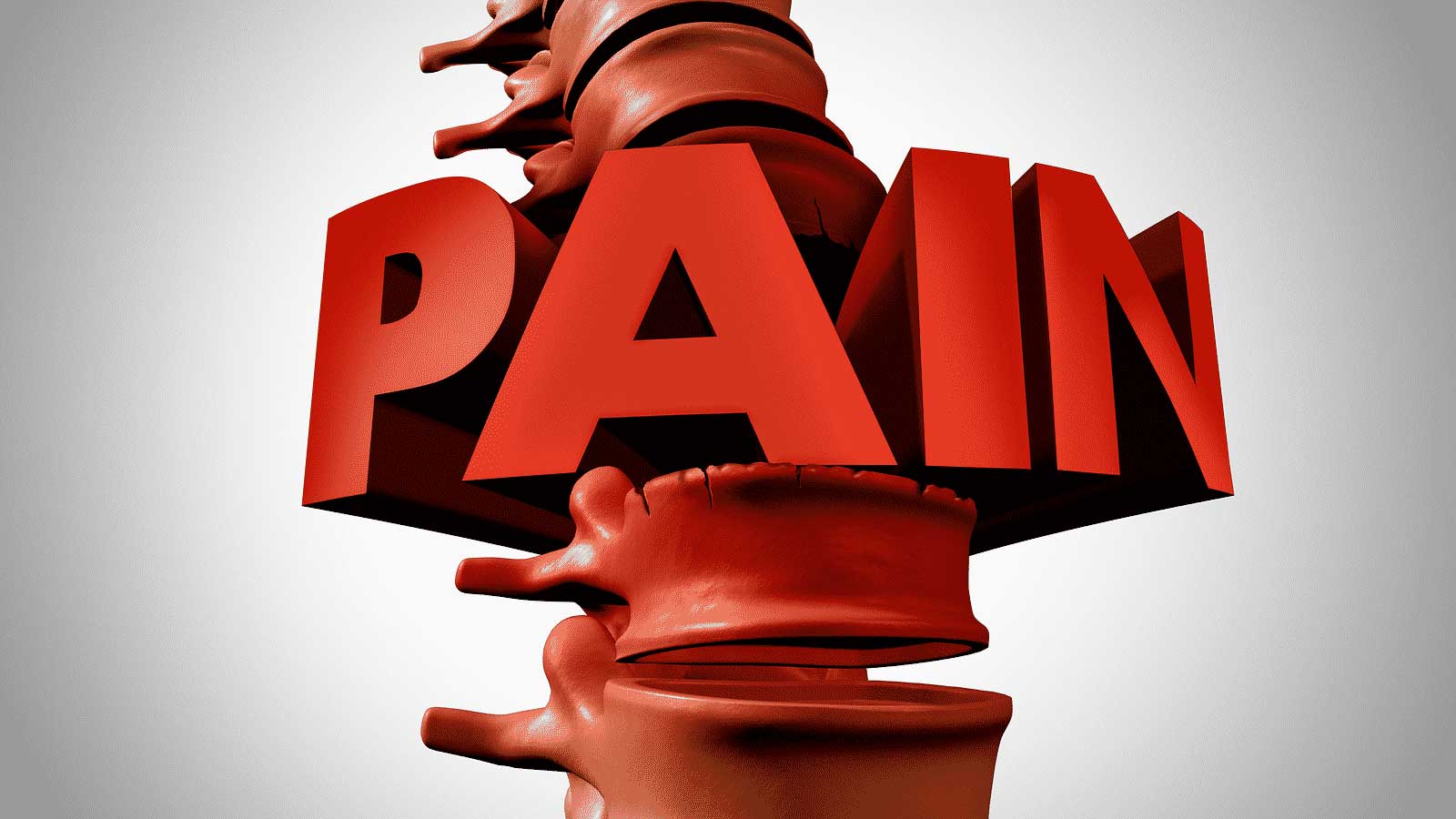It is important to understand the relationship between pain and opioid painkillers, how we feel pain, unexpected pain, and treatment.
How We Feel Pain
Pain is intuitive. Drop something heavy on your foot, and you immediately know something about pain. Pain is also remarkably complex. Why do some things barely register as painful for some people, but are excruciating for others? Why is the anticipation of pain often more distressing than the pain itself? How come people experience pain after limb amputation? To understand pain, we must first understand how we feel pain.
Sudden, Unexpected Pain
The easiest type of pain to understand is physical pain that happens without warning. For this example, let us say you kicked the coffee table with your barefoot. Pain receptors in the foot detect a stimulus (your foot ramming into the leg of the coffee table). Those pain receptors then send electrical signals (action potentials) up through your leg, your spinal cord, and into your brain. Your brain then makes a rapid determination that what you have just experienced could cause bodily harm. It often considers the worst: you could have potentially broken a bone, cut the skin, caused the infection, which leads to gangrene or even death. To protect your body from harm, it sternly alerts you that what you have just done is potentially dangerous behavior. “Escape from danger, and don’t do that again!” It alerts you by creating the sensation of intense pain.
The Brain Creates Pain
You may be surprised to know that the brain creates the sensation of pain. It is constantly taking in information through your senses and trying to make sense of the world (no pun intended). The brain considers some stimuli neutral, some pleasurable, and some painful. Pain receptors are usually activated by stretching, tearing, heat, or other sensations that would normally harm the body. However, these pain sensations’ quality and intensity depend a great deal on how the brain interprets the messages. The complex organ integrates and deciphers this information, and if it decides that the stimuli are painful, it creates what you experience as pain.
Pain is not just all in your head, pain is also a function of the signals coming from the body. If you have chronic tooth infection and inflammation, pain receptors become highly sensitive. They register a higher degree of pain well beyond any physical danger that may be happening. On the other hand, if your dentist injects local anesthetic in your mouth, it deadens the nerves and so the brain doesn’t transmit pain signals. Your psychological state also affects the sensation of pain. Fear of the dentist can either prime you so that you experience accentuated pain during the visit, or the actual pain you experience ends up being far less than you expected. Pain receptors and pain pathways are important, but so is the perception of that information.Exceptional Care & Better Outcome. Get In Touch With Us Today!
The Brain Deadens Pain
Pain signals can be more or less painful in real-time. The brain can send its own signals down through the spinal cord to reduce pain sensitivity (neuroscientists call this descending inhibition). Likewise, the central nervous system can release its own (endogenous) opioids that bind to opioid receptors and relieve pain. Healthcare providers take advantage of these opioid receptors to help their patients feel less pain. Prescribed opioids (exogenous) bind to the body’s own opioid receptors and affect how the body senses pain.
The Problem With Opioid Pain Relief
For short periods of time, using opioid painkillers to relieve pain can be very useful. If the body is healing appropriately after surgery, there is no benefit to enduring intense pain. So using opioids for a brief time after surgery is a good use of this type of medication. On the other hand, using opioids for chronic lower back pain poses a potential problem. Over time, opioid receptors become desensitized, i.e., higher doses of the drug are needed to relieve pain. At the same time, what was once a neutral sensation, the brain now interprets as painful sensations. To deal with the pain, the body requires more opioid medications, and the cycle continues. Making matters worse, people tend to become psychologically dependent on drugs, leading to addiction.
Resetting the system
The knowledge that the brain creates pain sensation can be a great comfort to patients and a source of hope. Just as pain pathways were primed to be more sensitive and create severe pain sensations, they can also be desensitized. By detoxing from opioids, the body can begin to reset itself. People can learn techniques to control how they perceive pain. Mindfulness and meditation are incredibly powerful tools for simply being with our sensations without judgment, qualification, or labels, for example. Over time, one can retrain the brain. It can be taught to create less pain, to feel less pain. The first step is to reset the system is through an effective opioid detox.
For more information on opioid treatment options, please call us at 1-800-423-2482
Exceptional Care & Better Outcome. Get In Touch With Us Today!














